Kadrina Vald / Beskrivning
Kadrina region was probably settled in the 5th-8th century and it belonged to the ancient Repeli parish. The German Order conquered the place in 1219, the Danes in 1220. New church parish Torvestavere, later Tristfer, was created by the Danish power. In 1231 the local congregation was founded. The present church dates back to the 15th century. St.Catherine became the patron saint of our congregation and that is where the name "Kadrina" has come from.In 1870 the Tallinn-St.Petersburg railway was completed which gave an important impulse to the development of Kadrina. At first railway was the center of the village. Kadrina has been an important station on Tallinn-St.Petersburg railway after Tapa. The wooden house of the railway station was built in 1870.
At the beginning of the 20th century the national awakening intensified in Estonia as well as in Kadrina. In 1902 Kadrina parish school was founded and in 1907 Kadrina Society of Education was born. In 1926 a unique monument made of field stones was erected in front of the church. It was dedicated to the people of Kadrina who had died in the battles of World War I and the Estonian Independence War. In 1930 the house of Kadrina Society of Education was built.
Several outstanding persons are connected with Kadrina. Fr. R. Kreutzwald, the author of the Estonian epic "Kalevipoeg", was born in Kadrina Commune. Some priests of Kadrina church - Heinrich Stahl (1633-1638), Reiner Brockmann (1639-1647), Joachim Gottlieb Schwabe (1796-1800) and others - made remarkable contribution to the development of Estonian literary language. Therefore the monument of the Estonian language was erected in Kadrina in 1994.
Write a review
Reviews
Be the first to review this company


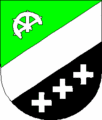
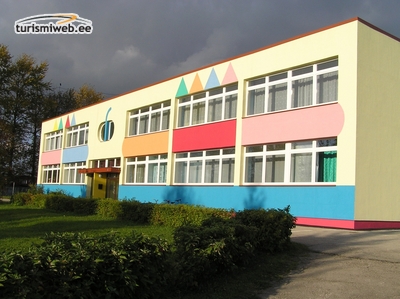
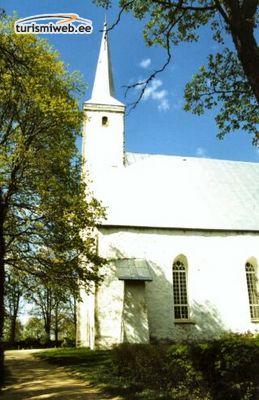
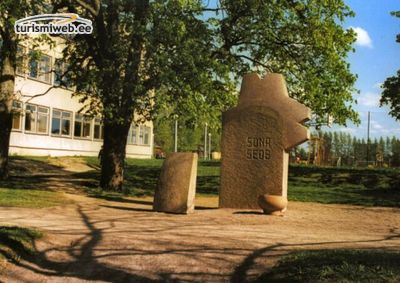
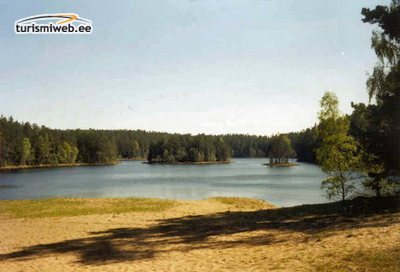

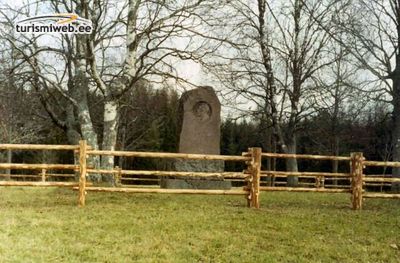
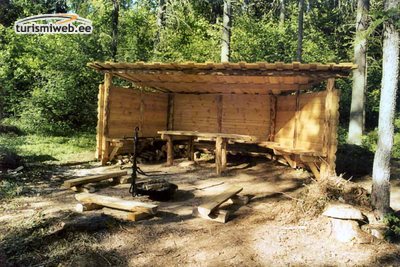


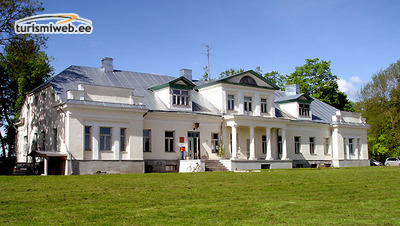



Be the first to review this company Write a review